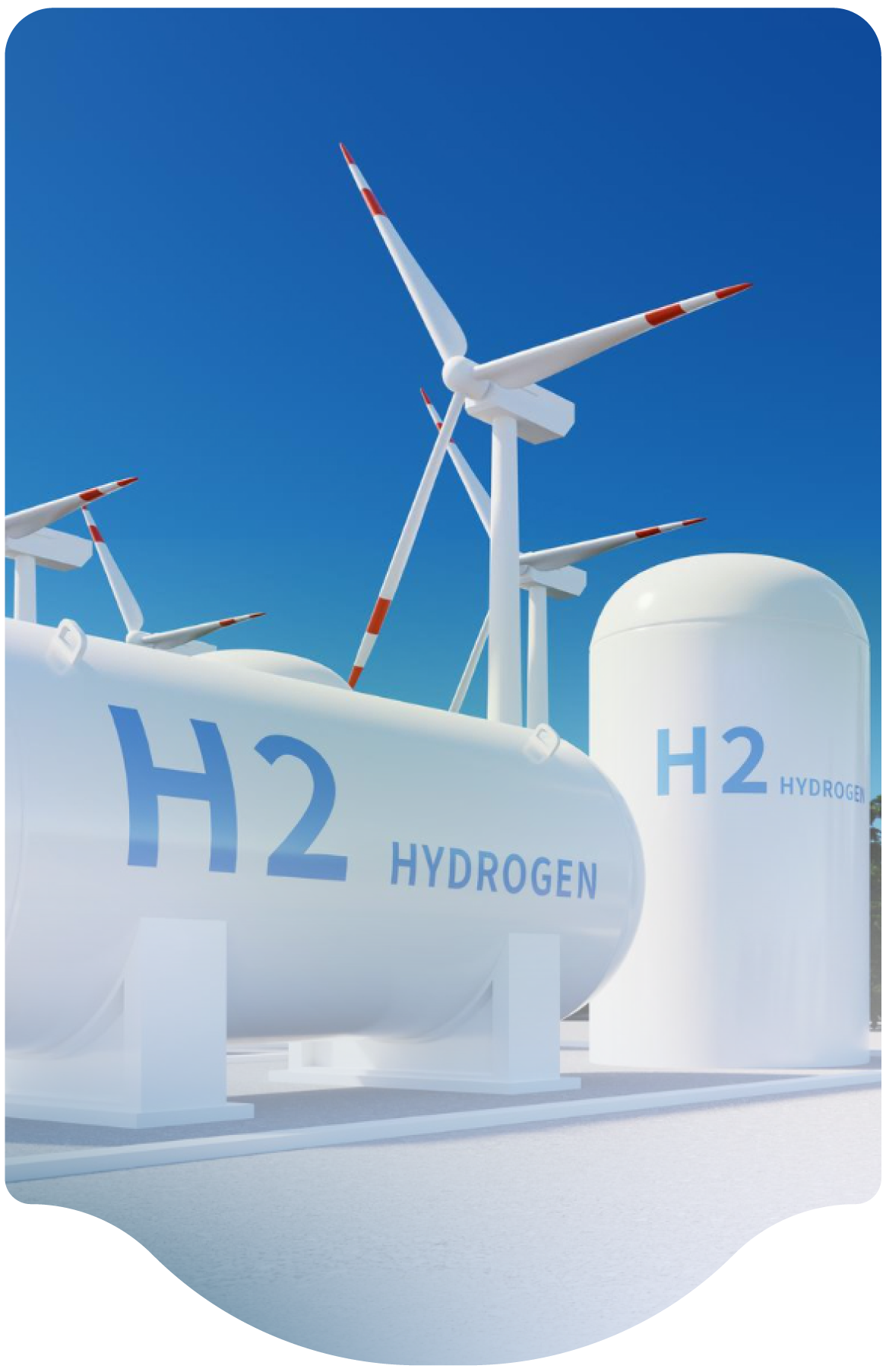- Home
-
Resources
- Center for Hydrogen Safety
- Hydrogen Fuel Cell Codes and Standards
- Learnings & Guidance
- Paper & References
- Web-based Toolkits
- Workforce Development

- Contact
- About H2Tools
- Welcome to the Hydrogen Tools Portal
- helpdesk@h2tools.org
FAQ
Frequently Asked Questions
Question & Answer
Category
FC Electric Vehicles, Piping, Properties
Category
FC Electric Vehicles, Piping, Properties
- 41 results found
- Clear All
In the case of fuel-rich mixtures like those in the question, the heat of combustion for the mixture should be calculated on the basis of the oxygen content of the mixture. The heat of combustion per mole oxygen is twice the heat of combustion per mole hydrogen, i.e., it is 286*2 kJ per mole O2. You should be able to do the calculations based on this reply.
Category: Properties
Keywords: Properties, Heat of Combustion
The HSP is not familiar with this particular fitting or its potential application in H2 service but can offer engineering judgment. Many similar compression-type swaged fittings are used in H2 service. These fittings must be used within the manufacturer recommendations for pressure, temperature, and fluid service. Deformation is also introduced into stainless steel tubing in other ways, such…
Category: Piping
Keywords: Piping, Fitting, Lokring Technology, Material Selection
The Panel considers two approaches to be acceptable.
- Stainless steel (corrosion resistant) lines embedded in concrete. This keeps the piping out of direct contact with the earth and provides a degree of physical protection from activities such as digging.
- Lines enclosed within a PVC sleeve. The PVC sleeve would usually be directly buried but could also be embedded in…
Category: Piping
Keywords: Piping, Underground, Corrosion, Physical Protection
It’s not clear if “mobile” in the question refers to vehicle fuel tanks, or vessels used for transportation of hazardous materials.
- If it’s a Type 4 vessel for transportation of hazardous materials, it will be built to a special permit that details the inspection requirements. Special permits vary but they are generally consistent on a 5-year requalification period, which also…
Category: FC Electric Vehicles
Keywords: FC Vehicles, Storage, Tank, Inspection
FCEVs usually contain only a minimal amount of hydrogen fuel pressure (several Mpa) to support getting the car on and off car carriers. Panel members are not aware of any hydrogen release incidents during vehicle loading and don’t know what the probability of such a leak is considering the loading operations. A risk assessment accounting for the probability of collisions as well as leaks from…
Category: FC Electric Vehicles
Keywords: FC Vehicles, Ferry, Ship Transport, Lifting Equipment
Generally speaking, the International Fire Code and NFPA 2 apply to non-transportation use of hydrogen. These are maturing quickly, with NFPA 2 currently having issued its most recent edition in 2023. Standards for both on-board LH2 tanks and LH2 tankers for bulk fuel transport are managed by the U.S. Department of Transportation (DOT) and are well established. DOT transport requirements for…
Category: FC Electric Vehicles
Keywords: FC Vehicles, Gas, Liquid, Transport, Standard
Hydrogen gas storage and fuel cell systems are typically closed systems with a variety of monitoring and control functions to prevent leaks. Please check with the bus manufacturer and authority having jurisdiction to verify this is acceptable per their direction. However, a good safety practice would be to minimize the time spent indoors for these activities. Hydrogen vehicles maintained in a…
Category: FC Electric Vehicles
Keywords: FC Vehicles, Indoor Carwash
This is not an easy question since many factors influence how much hydrogen can be transferred from one vessel at a higher pressure to another one at a lower pressure and the rate at which it can be transferred. The pressure in the higher vessel will fall while that in the lower vessel will rise as gas is transferred, so the flow rate will typically slow down and eventually stop as the…
Category: Properties
Keywords: Properties, Density, Volume, FC Vehicles, Fueling Station
It varies slightly due to different density of LH2 at different temperatures, but a gallon of LH2 at atmospheric pressure (0 psig) is ~113 SCF of H2. The expansion ratio is about 840:1. In metric units, a liter of LH2 at atmospheric pressure (0 MPa) would expand to about 840 liters of STP of gaseous pressure.
Category: Properties
Keywords: Properties, Density, Volume, Leak
The National Fire Protection Association (NFPA), the Compressed Gas Association (CGA), and the Society of Fire Protection Engineers (SFPE) represent the U.S. fire protection and engineering community, and these organizations publish handbooks and standards/guidelines that describe the properties of hydrogen. There are many other organizations and documents that provide similar…
Category: Properties
Keywords: Properties, Fire, Explosion, Detonation, Deflagration
We are professional and reliable provider since we offer customers the most powerful and beautiful themes. Besides, we always catch the latest technology and adapt to follow world’s new trends to deliver the best themes to the market.
Contact info
We are the leaders in the building industries and factories. We're word wide. We never give up on the challenges.
- 2 Queen Street,California, USA
- (+84) 04 123 456
- :Helpdesk@h2tools.org
